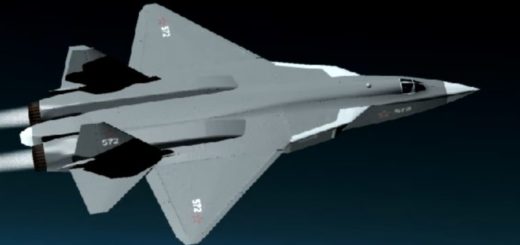Aerospace and airline earnings rise on travel and defense demand
As investors await third-quarter results from Boeing and Airbus, both due October 29, 2025, a string of positive reports from major airlines and aerospace firms has already set an optimistic tone for the industry.
Alaska Air Group, United Airlines, GE Aerospace, Honeywell, and RTX Corporation all posted stronger-than-expected results for the July-to-September period, highlighting steady passenger demand, robust defense spending, and continued supply-chain recovery.
US air carriers reported generally positive results for the quarter. Alaska Air posted net income of $73 million, or $0.62 per share, and revenue of $3.77 billion, up 23% from a year earlier. The Seattle-based airline said passenger demand remained strong across both business and leisure segments, though higher labor and fuel costs continued to pressure margins.
United Airlines also reported strong results, with revenue up 2.6% to $15.2 billion and adjusted earnings of $2.78 per share, beating Wall Street expectations. The Chicago-based carrier said international travel demand and premium ticket sales remained healthy, supporting confidence in its full-year outlook despite ongoing challenges with aircraft availability and air traffic delays.
American Airlines, which reported earlier this week, reaffirmed its guidance for the fourth quarter and said advance bookings for the holiday travel season are tracking above 2024 levels. The company has been managing costs more aggressively while maintaining operational reliability after a difficult summer period across the industry.
Aerospace and defense firms deliver growth
The strength extended to the manufacturing side of the business. Honeywell reported sales of about $10.4 billion for the quarter, a 7% increase year-over-year. The company cited continued momentum in its aerospace and industrial automation segments, which together account for more than half its total revenue. Honeywell also raised its full-year profit forecast, saying demand for avionics, environmental control systems, and maintenance support remains strong. General Electric, which has nearly completed its transition to a standalone aerospace company, reported net income of $2.16 billion on revenue of $12.18 billion. Adjusted earnings came in at $1.66 per share, above market forecasts. GE’s aviation division benefited from higher jet engine production and services volume, reflecting steady aircraft utilization and airline fleet growth worldwide.
RTX Corporation, the parent of Pratt & Whitney, Raytheon, and Collins Aerospace, posted 12% sales growth for the quarter and raised its earnings outlook for the rest of the year. The company said supply chain conditions are gradually improving, helping it meet commercial engine and parts demand while supporting a steady flow of defense contracts.
Taken together, the results suggest that both the commercial and defense sides of the aerospace industry are entering the final quarter of 2025 with solid momentum. Executives across several companies highlighted easing component shortages, improving aircraft delivery schedules, and continued investment in efficiency and technology. The strong quarter also reflects the gradual recovery of the aviation supply base, which continues to rebuild after years of pandemic-related disruption. The combined results appear to indicate a “back to normal” trend across airlines, manufacturers, and suppliers, though inflation and fuel prices remain potential headwinds heading into 2026.
The post Aerospace and airline earnings rise on travel and defense demand appeared first on AeroTime.
As investors await third-quarter results from Boeing and Airbus, both due October 29, 2025, a string of positive…
The post Aerospace and airline earnings rise on travel and defense demand appeared first on AeroTime.





